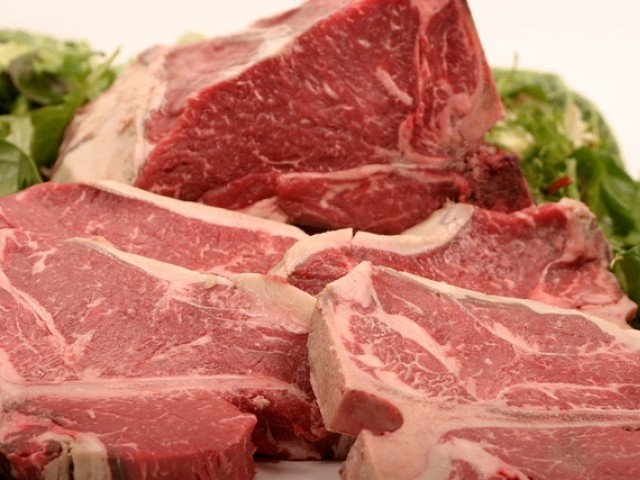
The Pakistan Economic Survey 2020-21 revealed that after the US and China, UK is the third largest export destination for the local traders.
While there is massive export potential for Pakistan in the UK market however, only a tiny part of it has so far been tapped. Majority of our exporters do not bother to diversify export items destined for UK and successive governments have provided little support to them in this regard.
Pakistan’s exports to UK mainly comprise textile-based apparels which include knitted and crocheted fabrics, linens (bed and table, toilet and kitchen) and readymade garments. Apart from textile products, we also export medical, surgical and dental equipment and sport articles to the European nation.
Pakistan also ships rice, frozen vegetables, dates, figs, pineapples, avocados, fish, meat and other food items to London however the share of country’s food exports in total merchandise exports is nominal compared to textile goods.
According to the United State Department of Agriculture (USDA), UK’s total import of fish and related products exceeded $5 billion in 2019 however Pakistan’s exports of fish and fish preparations to the European country amounted to only $2.7 million. The situation of export of meat and meat products is even worse.
At the beginning of this year, UK deputy high commissioner visited the Islamabad Chamber of Commerce (ICCI) and raised concerns over low volume of Pakistan’s exports to UK, especially food products.
The reason behind this is the non-seriousness of the government and incompetence of local exporters. Together, they have failed to capture a large portion of the UK market. It seems that the government is least interested in eliminating trade bottlenecks while exporters are not concerned about improving the quality of their products to meet the UK’s standards either.
Exporters of items other than textiles are not eager to develop liaison with UK companies to gain better understanding of each other’s markets and establish acceptable product lines at competitive price levels.
Pakistani exporters have less brand power to project in UK. They are engaged in low impact marketing and a majority is not interested to form joint ventures with British companies. At present, more than 600 British firms are operating in India whereas only 150 UK companies are barely functioning in Pakistan.
In 2021, Pak-UK Business Council of the Federation of Pakistan Chamber of Commerce and Industry (FPCCI) made efforts to bring the business communities of both countries closer by arranging webinars and conferences in a bid to boost bilateral trade. A trade delegation of FPCCI is also expected to visit UK next month to sign a memorandum of understanding (MoU) with Greater Manchester Chamber of Commerce (GMCC).
The signing of the MoU will help increase the volume of trade between the two nations. UK Deputy High Commissioner Mike Nithavrianakis believes that bilateral trade can rise from the existing level of £3 billion to £10 billion following enhanced coordination between the private sectors of the two countries.
As reported by the State Bank of Pakistan (SBP), merchandise exports to UK jumped 25% during fiscal year 2020-21 to $2.047 billion from $1.638 billion in fiscal year 2019-20. Although this shows significant growth on a year-on-year basis however the rise was witnessed due to low base effect induced by Covid-19 because earnings in fiscal year 2018-19 clocked in at $1.758 billion.
Historical trend of bilateral trade suggests that our export earnings from the UK stood at $1.303 billion in fiscal year 2011-12 which gradually increased to $2.047 billion in fiscal year 2020-21.This increase is meagre against the time frame of 10 years.
The gross average increment in exports to UK amounts to just $70 million per year which is depressingly low.
Services exports to the UK have recently started growing albeit at a slow pace. The SBP data showed an increase of 3.4% on a year-on-year basis as they rose from $392.88 million in fiscal year 2019-20 to $406.2 million in fiscal year 2020-21.
Almost 84% of Pakistan’s total services export to UK ($341.5 million) originates from transport, telecom and communication and information services sectors.
The government should devise a comprehensive strategy to sustain and accelerate the robust pace of growth recorded by our IT sector over the past few years. The government should promptly take P@SHA on board and chalk out a joint plan to capture a greater share in UK’s IT industry.
UK is also the second largest source of foreign direct investment (FDI) for Pakistan after China. Data from the Board of Investment (BOI) showed that net FDI inflows from the European nation in the past 10 years totaled at $2.282 billion against $6.109 billion from China. FDI inflows from the UK can surely be increased by devising more lucrative policies for UK-based firms that are operating in Pakistan.
The writer is a mechanical engineer, pursuing masters degree
Published in The Express Tribune, October 25th, 2021.
Like Business on Facebook, follow @TribuneBiz on Twitter to stay informed and join in the conversation.


















COMMENTS
Comments are moderated and generally will be posted if they are on-topic and not abusive.
For more information, please see our Comments FAQ